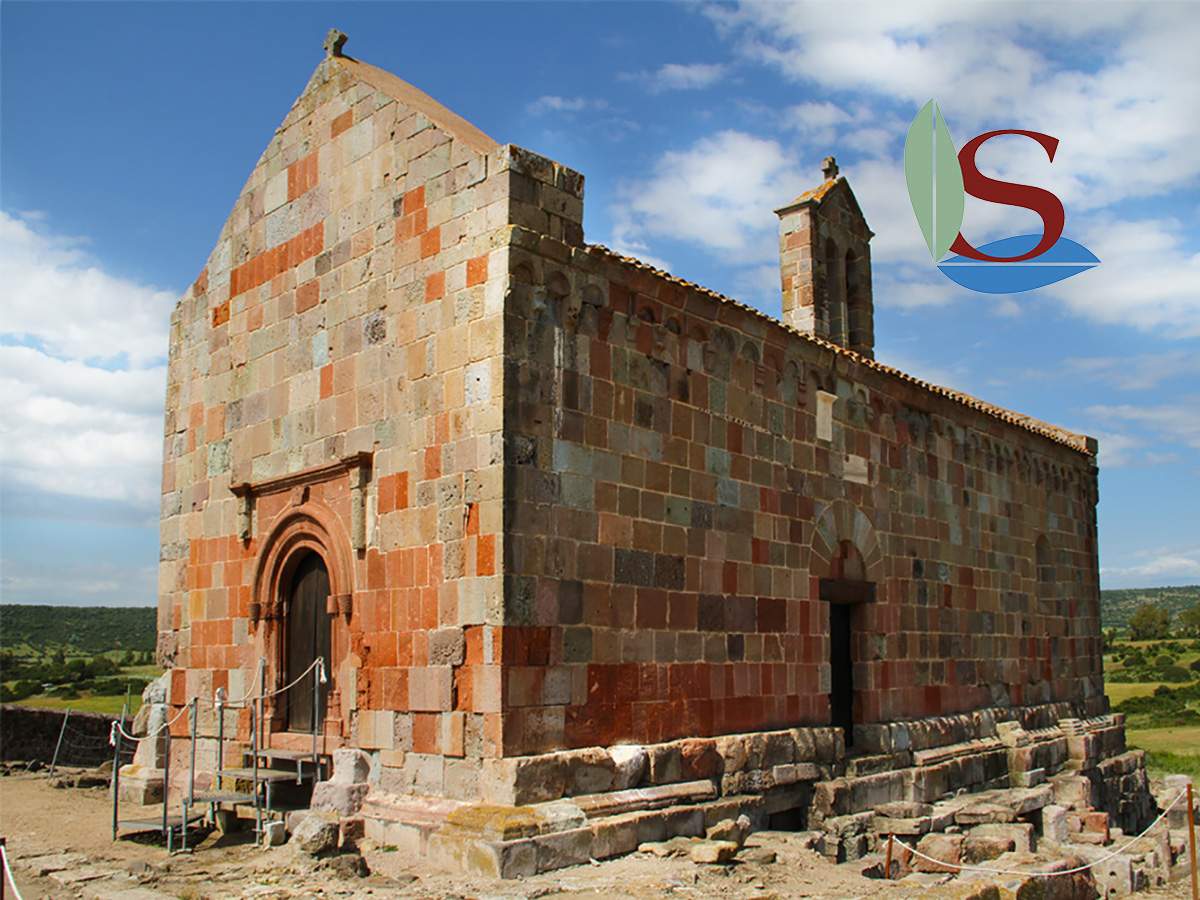The Church of St. Lussorio is a building built in the XII century in Romanesque - Pisanstyle, perhaps the work of the monks Victorines of Marseille.

The Church of St. Lussorio is a building built in the XII century in Romanesque - Pisanstyle, perhaps the work of the monks Victorines of Marseille and surrounded by the natural "cumbessias" (small houses for the accommodation of pilgrims).After a collapse occurred in the thirteenth century, the southern wall of the building was rebuilt, along with the cover that was originally built with a barrel vault, was replaced by a wooden trusses. Of the fourteenth century, however the front elevation in the Gothic-Aragon style.
The church is located about 1.5 km from the village of Fordingbridge, on a cemetery of the Roman period connected with the ancient center of Forum Traiani, and was the scene of the martyrdom of the saint to whom the ecclesiastical building is dedicated.
Lussorio was a apparitore, an officer or employee under the governor of Sardinia Delfio ,thanks to the reading of psalms was converted to Christianity , and became a catechumen, he was baptized, he went against the law that forbade the profession of the new faith .
Around 304 AD, during the reign of Diocletian. Lussorio was tried and sentenced to Karales and led to the Forum Traiani to be beheaded. His body was buried in a crypt used for pagan worship, which became the burial place for other Christians, and then a place of pilgrimage for all Christians of the island.
The initial crypt was enlarged and paved with mosaics between the fourth and sixth centuries. It was probably also built a Basilica in honor of the saint but today remains only the apse frescoes and some traces of mosaic floor. Basilica suffered a long series of collapses and reconstructions until it took the forms of the Romanesque church.